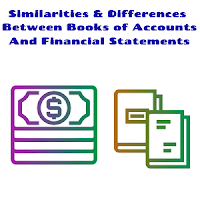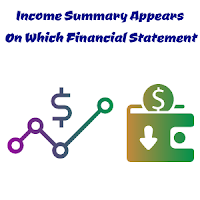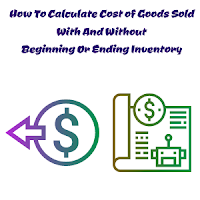Difference Between Financial Statement And Bank Statement

A Financial Statement shows the financial information of a business monetary activities whether it is related to banks, fi nancial institutions, suppliers, customers, etc., while a bank Statement shows only the summary of bank related Transactions such as cash deposited, cash withdrawals, bank charges, etc. A financial statement may be prepared monthly, quarterly, half yearly / semi annually, yearly / annually or on a specified time of a specified date such as preparation of a Balance Sheet while a bank statement is usually prepared on monthly basis.











